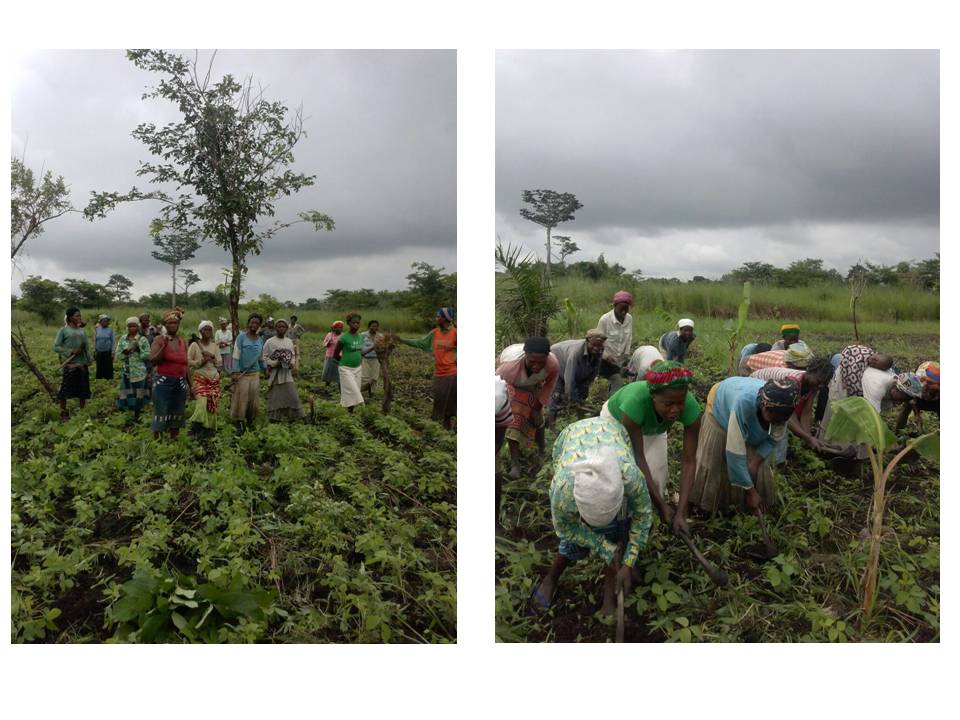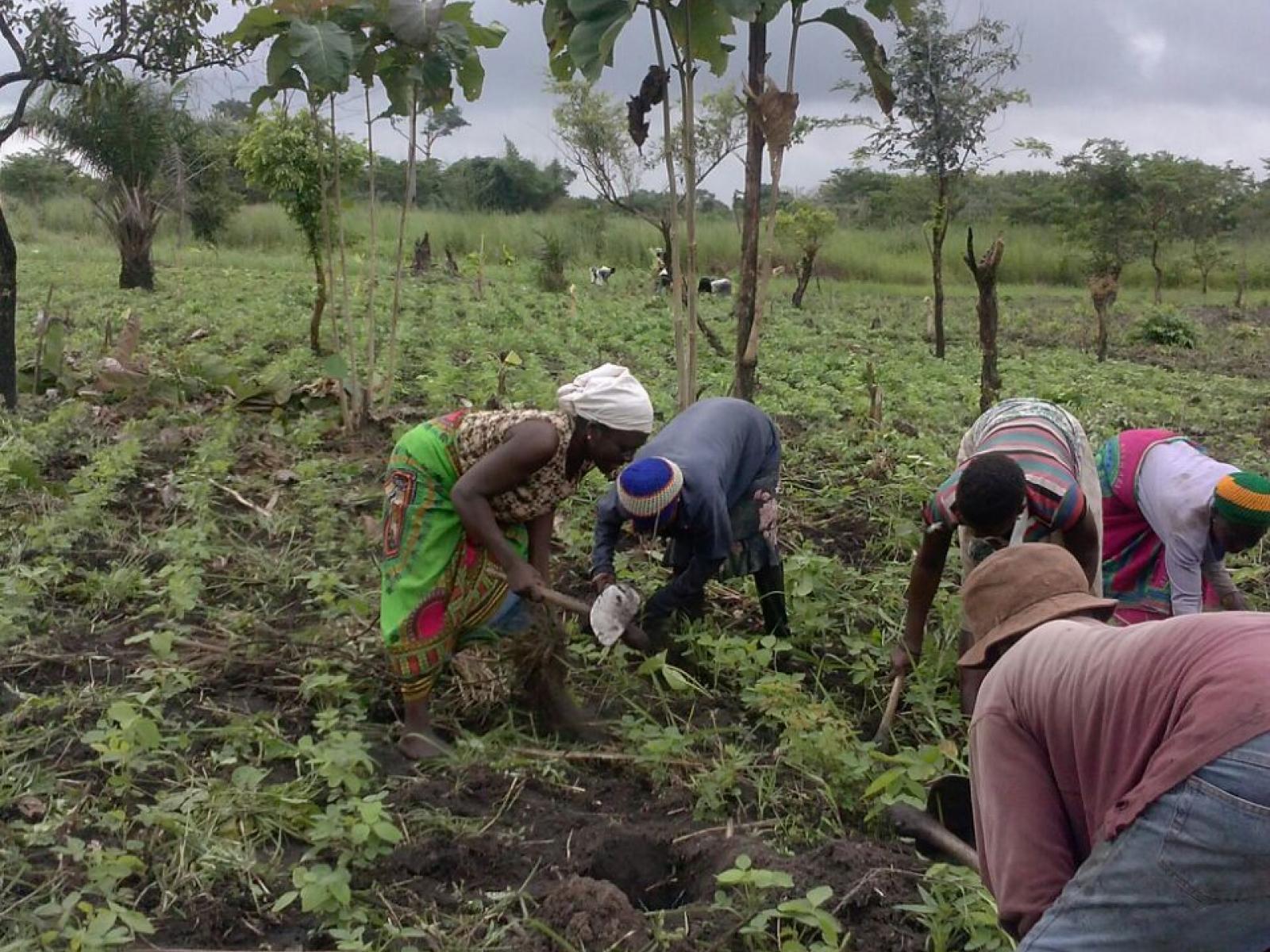An Overview Of Our Solution
- Population Impacted:
- Continent: Africa
Organization type
Population impacted
Size of agricultural area
Production quantity
People employed
Describe your solution
Describe your implementation
External connections
What is the environmental or ecological challenge you are targeting with your solution?
Describe the context in which you are operating
City is part of the coastal plain of southern Togo, with the subequatorial climate marked by a rainfall deficit. Community is regularly the victim of vegetation fires,climatic phenomena such as floods in the fields, soil erosion which has led to land degradation, loss of agricultural crops. Vulnerability to climatic phenomena is thus strong on agriculture and livestock, and affects land that reduces the supply of plant and animal products; leading to an increase in poverty. Agriculture is the most important source of income and employment in rural community. in forest communities farming is essential for food security and household income. Unfortunately poor farming practices are a common source of forest degradation and outright forest loss. Community has initiated a sustainable land management approach through appropriate management practices in order to optimize the economic and social benefits derived from land while retaining; enhancing the ecological support functions of ecosystems.It is an initiative to promote sustainable development and resilience to climate change through sustainable land management, the aim of which is to enhance the knowledge and local methods of agricultural production in order to promote the formation of soil and limit soil degradation, improve soil water retention capacity, conserve soil biodiversity through agroforestry, increase agricultural production to ensure food security and social well-being.
How did you impact natural resource use and greenhouse gas emissions?
Language(s)
Social/Community
Water
Food Security/Nutrition
Economic/Sustainable Development
Climate
Sustainability
Project is sustainable because is the forum which has given for drafting a common vision and activities for conservation and sustainable development in the community. Placing a high degree of ownership and decision-making power within the community contributed to the overall sustainability of the initiative. Basing decisions and land management plans. Cooperative emphasizes a multi-stakeholder partnership. Cooperative shared their experiences with communities around the country .people visited the initiative to learn first-hand about their cultivation, production and marketing techniques. Knowledge generated from the project has been exchanged demonstration activities.
Return on investment
Entrant Image
![IMG-20160810-WA0007[1]](/sites/default/files/entries/2017/02/7846/IMG-20160810-WA0007%5B1%5D.jpg)
Entrant Banner Image

